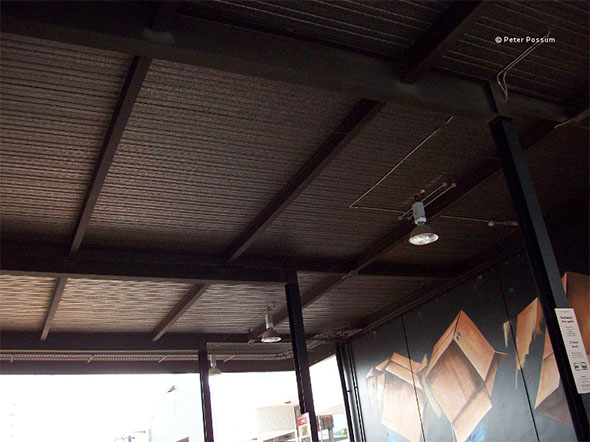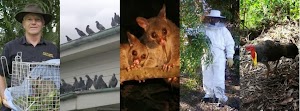Any bird netting installation must be carefully planned to ensure it will be effective and not just move the birds to other nearby ledges. Netting the underside of an awning above valuable equipment is a different scenario to placing temporary netting over a vegetable garden or fruit trees.

James St. Bird Net
For the latter, the net does not need a long working life and so may not be UV stable. Simple supports can be used to drape a net over the plants which can easily be removed when the crop is ready. Make sure any nets are keep tight to reduce wildlife getting tangled.
The following comments apply more to permanent installations which are often on the underside of structures to prevent birds from roosting above people or food areas.
The supporting cable should be 2 mm stainless steel for a long life and the tension applied to the net must be sufficient to stop it sagging or being pushed by the wind. Extra movement of the net will increase friction between the net and the cable, leading to early failure. Conversely, excess tension is likely to cause failure of a cable or simply rip an anchor point out of the supporting structure.
For most netting projects, the cost of the net is probably less than 25% of the total. So cheap netting is a poor choice because it has the same cost of installation but has a much shorter life. In many locations, a significant problem with the install is the disruption to the usual activities in the area below the net; so it is best to avoid the need for frequent adjustments and repairs to the net by installing a good quality net.
A mesh size of one inch will exclude smaller birds like pee wees and swallows as well as the usual target, pigeons; so although a bird net with 2 inch mesh will exclude pigeons and is both cheaper and lighter, it may not do an adequate job if the objective is to exclude all birds.
Call us to arrange an inspection if you need bird net installed on your building.







